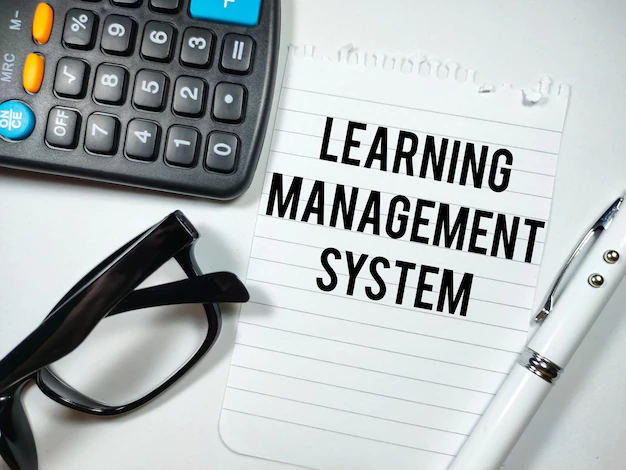How Can You Build A Flexible Learning Sequence With A “Blueprint” For Your Online Course?

What to know about flexible learning sequence. An online course curriculum serves three purposes, according to researchers: contract, communication tool and, learning aid.
Focusing on these three tasks has helped to address many of the issues brought on by the physical and temporal distance between online instructors and learners as I’ve worked with the creation of dozens of syllabi for online courses.
I have also witnessed how inter-semester modifications can diminish a curriculum’ efficacy.
As a result, I’ve come to the opinion that a calendar of assignments and due dates presented in a separate document is the ideal option for online learners.
See:7 Elements To Guide In Picking LMS For Flexible Learning
In my experience, the “course schedule” section of many online syllabi is condensed and/or marked as “subject to change”.
I have discovered that teachers need flexibility in their course schedules to enable dynamic educational techniques, albeit this is occasionally necessary due to a “last-minute” approach.
For instance, altering the order of the activities may be necessary to include the learning objectives of a specific set of students into the delivery of the course.
It is advisable to distinguish between “adaptive” and “disruptive” changes to a course by creating a separate schedule for it.
For instance, many students might gain from adjustments motivated by the pacing requirements of a specific cohort 4.
Yet, a last-minute revision to the primary text could significantly impact the course’s learning objectives and potentially impair a student’s ability to work with post-requisite courses 5.
We have created a tool at Utah State University’s Faculty Assistance Center for Teaching (FACT) that helps professors create an accessible course schedule in a native PDF environment using the free Adobe Reader.
The PDF Course Schedule Maker helps teachers organize the learning activities by module, give each activity a description, and set due dates.
Each module contains dynamic rows that make it possible to quickly alter the order of the learning sessions.
As an instructional designer, I have found this tool to be very useful when developing a brand-new, entirely online course with a teacher and when making significant changes to already-existing courses of any kind.
The creation of websites and wikis, assessments (discussions, quizzes, assignments, etc.), communication channels, and collaborative spaces are all governed by the course schedule, which serves as a “design blueprint” for these activities.
A helpful design document and a crucial learner resource are created concurrently with the PDF Course Schedule Builder.
Conclusion
I have concentrated my instructional design efforts on a particular context during the past three years: higher education courses taught by subject matter experts through a learning management system (LMS) (SMEs).
Creating best practices and a consistent framework for online syllabi has captured my attention in particular.







